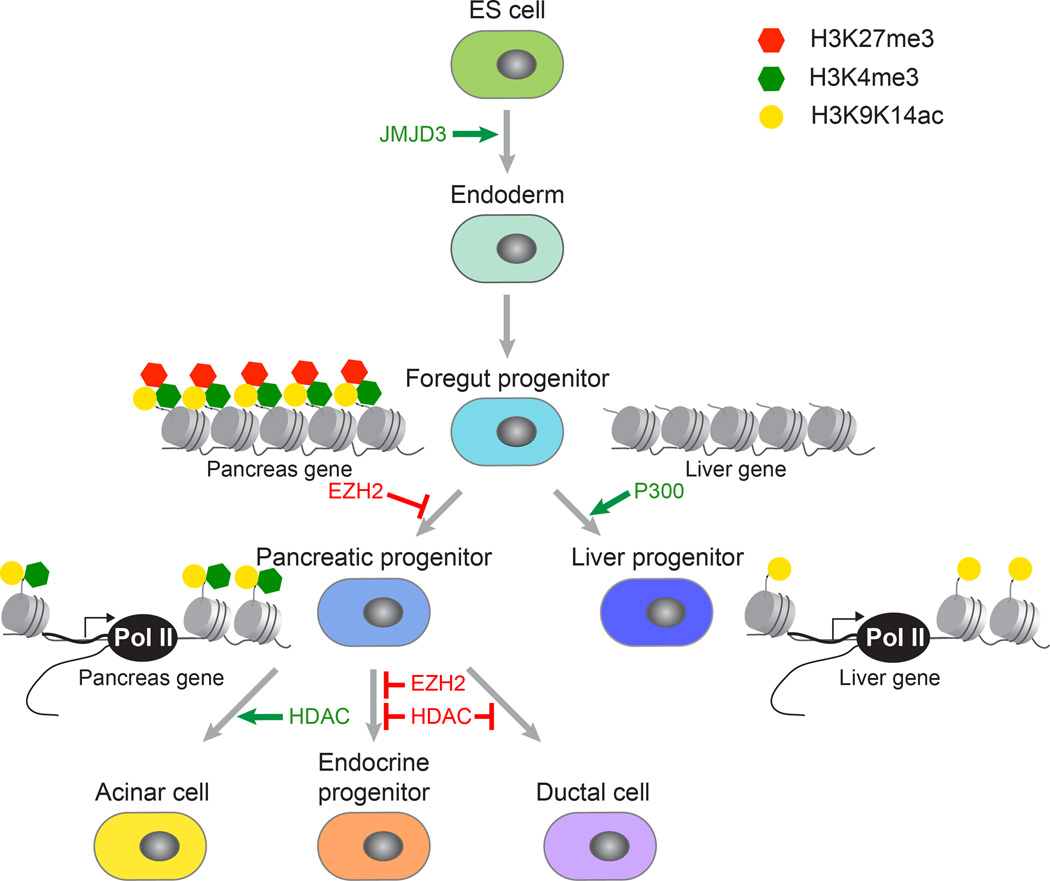Figure 1. Epigenetic programming of pancreatic lineage specification.
Overview of the key steps in pancreas development and the role of epigenetic regulators in these transitions. As cells transition from an undifferentiated to a differentiated state, the chromatin undergoes cell type-specific alterations that are highly regulated. For example, removal of the repressive mark H3K27me3 from promoters of endodermal regulators by the H3K27 demethylase JMJD3 results in endoderm induction. In foregut progenitor cells, loci for liver- and pancreas-specific genes exhibit different chromatin pre-patterns, and the histone methyltransferase EZH2 and the histone acetyltransferase P300 affect the cell fate choice between liver and pancreas. The differentiation of pancreatic progenitor cells into the different pancreatic cell types is influenced by histone deacetylases (HDACs) and EZH2.

